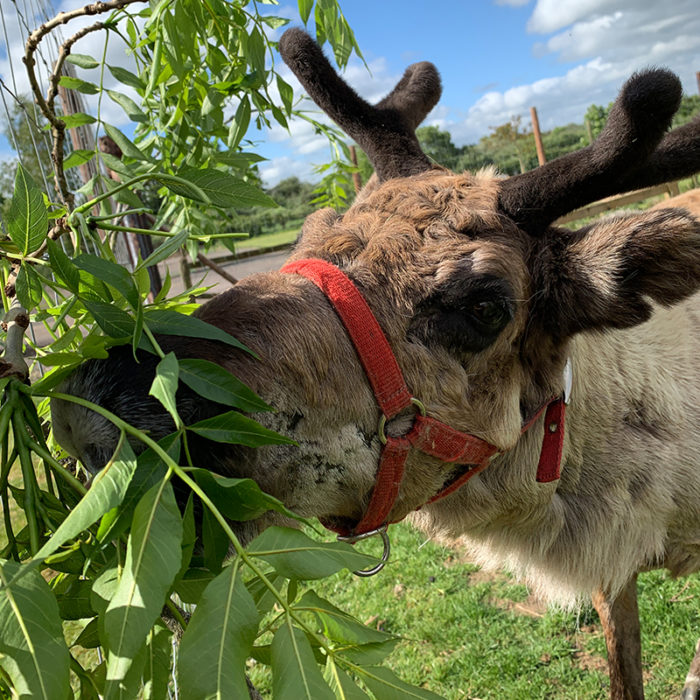
Reindeer
Our Reindeer – Donna and Blitzen.
Yes, THE Donna and Blitzen! Did you know that reindeer’s noses are designed to warm the air before it gets to their lungs? They also make a clicking noise when they walk with their tendons - do you know why? It’s so they can find each other in a blizzard and stay together! Another amazing fact is that Reindeer are the only mammal known to see UV light! This means that they can easily detect white fur and urine in the snow which we and other animals wouldn't be able to see!
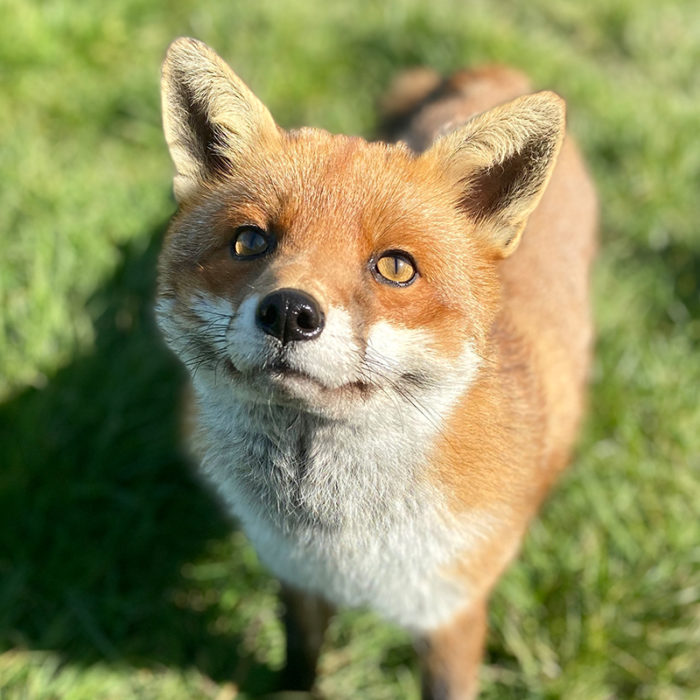
Foxes
Rusty and Felix. They’re pretty shy but see if you can spot them! They are known for sunbathing! The reason they are hard to find is because they are far more active at night. Foxes are members of the dog family and are the only type of dog who are capable of retracting their claws and they can run up to thirty miles an hour – that’s as fast as a truck!
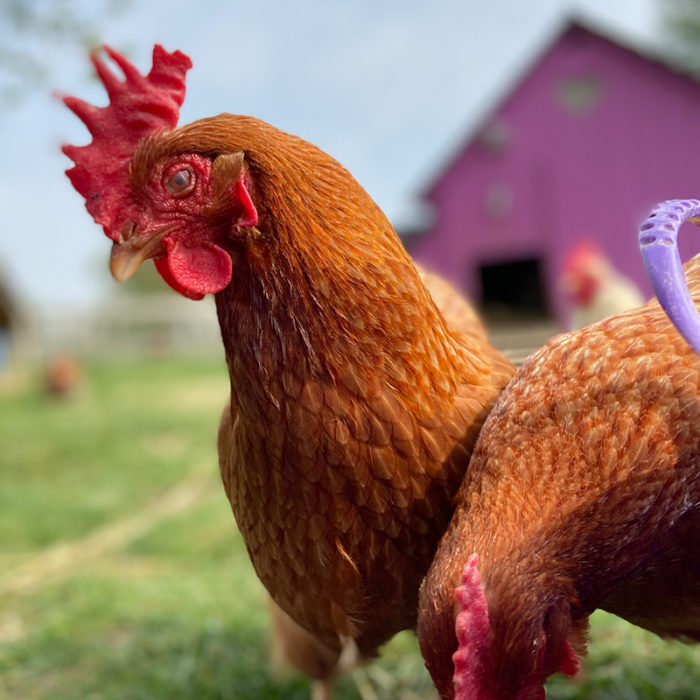
Chickens
Did you know, there are more chickens on earth than people – 25 billion. There are also more chickens than any other bird species! Always wondered why there’s different coloured eggs? Well, the colour of the egg depends on the chickens earlobes! A red ear lobed chicken lays brown eggs, whilst a white ear lobed chicken lays white eggs.

Alpaca
Meet Joules, Bracus, Laden, Dennis and our Llama Madonna.
Here’s a challenge for you! Can you tell the difference between a Llama and an Alpaca? The Alpacas are much smaller, and their ears are perkier and smaller too! An alpaca can live up to twenty years! They are bred by farmers for their wool – it’s much softer than sheep wool and it’s also water and flame resistant!

Llama
Llamas are social animals and prefer to live with other Llamas or herd animals. They are the South American cousin of the Camel but they do not have a hump. They can also run up to 35 miles an hour! Faster than our foxes we just passed. They’re also very intelligent animals with excellent sight, hearing and sense of smell.

Pygmy Goats
Up next are our Pygmy goats. They are usually kept in farms for their milk or as pets since they are very friendly and playful animals; in fact, pygmy goats have been kept as pets for over seven thousand years!
Like many goats, they love to climb on top of things! Can you see their own playground inside their enclosure?

Muntjac
We have six girls and two boys. The girls are: Lisa, Cynthia, Eva, Claudia, Wendy and Tiffany. The boys are: Andy and Brian. Did you know that the Muntjac deer come from South East China but were brought over to the United Kingdom sometime in the 19 hundreds.
They are also the oldest deer known to us with fossils fifteen to thirty million years old! They can also survive up to 19 years old in the wild. They’re also known as the barking deer as they bark to warn other animals and as their mating call.

Guinea Pigs
How many guinea pigs and rabbits can you spot?
They may be called Guinea Pigs but they are not related to pigs and don’t come from Guinea either, they originated in the Andes region in South America. Each guinea pig has five different types of hair that makes up their coat.
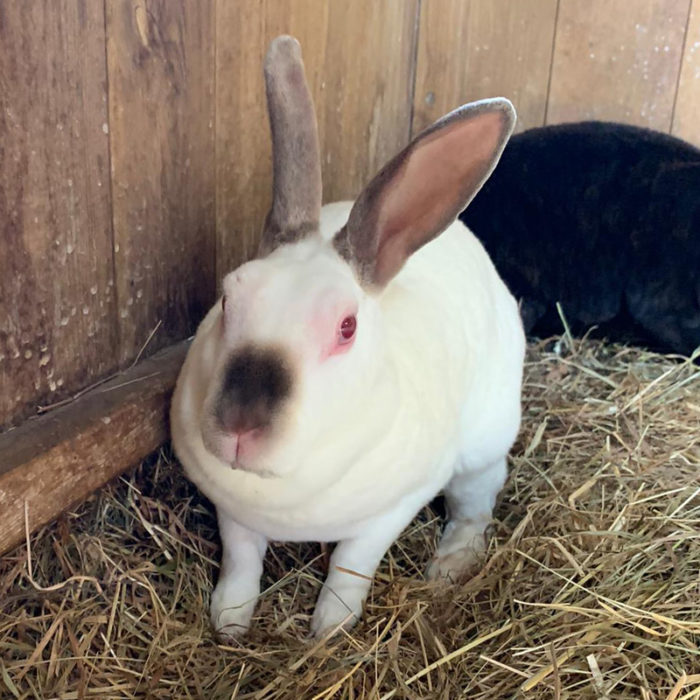
Rabbits
Rabbits can turn their ears one hundred and eighty degrees to pinpoint exactly where the sound is coming from that they can hear.
Although Bugs Bunny may love a carrot, they are high in sugar and can give a rabbit an upset tummy if they eat too many.
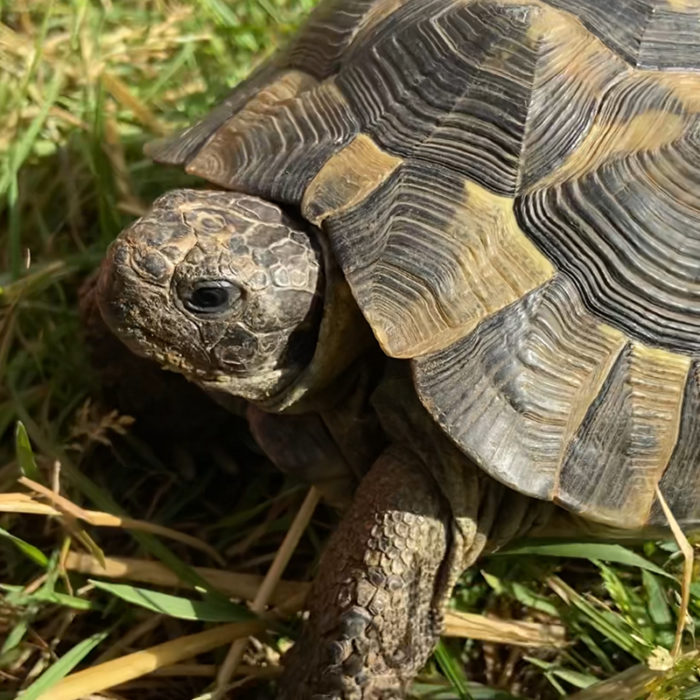
Tortoises
Did you know that a tortoise shell is made up of sixty bones all connected to each other? They can also live up to the grand old age of one hundred and fifty! Before they hibernate for the winter time, they make sure they have starved themselves so their stomachs are empty! They also smell using their throats and not their noses also about this, it is believed that tortoise can take in water through a vent in the bottoms too also. My goodness!
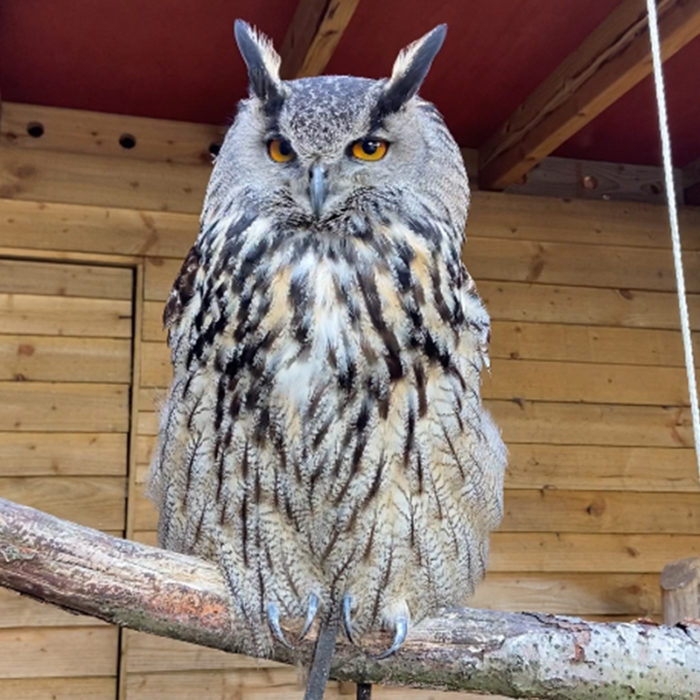
Birds of Prey
The aviaries are home to Merlin, our European Eagle Owl, three quails called Greg, Sinnita and Suzanna, Kez the Kestrel, Rosie the Harris Hawk and Bobbin the Barn Owl.

Large Black Pigs
Say hello to Thelma and Louise.
Did you know, pigs have an amazing sense of smell? In fact, they use their snout as a way to smell for food underground and sensing their surroundings.
You may also know the term “sweating like a pig” – well it’s actually not true. Pigs don’t sweat, so they like to bathe in water or mud to keep themselves cool.

Guinea Fowl
They can survive between ten to twenty years in the wild! When they find a mate, they remain a couple for a lifetime or during a mating a season.

Turkey
Also in this enclosure is our Turkey. They can run up to twenty-five miles per hour! Like Peacocks, male Turkeys puff their bodies and ruffle their feathers to attract a mate. They’re also known for their famous gobble sound.
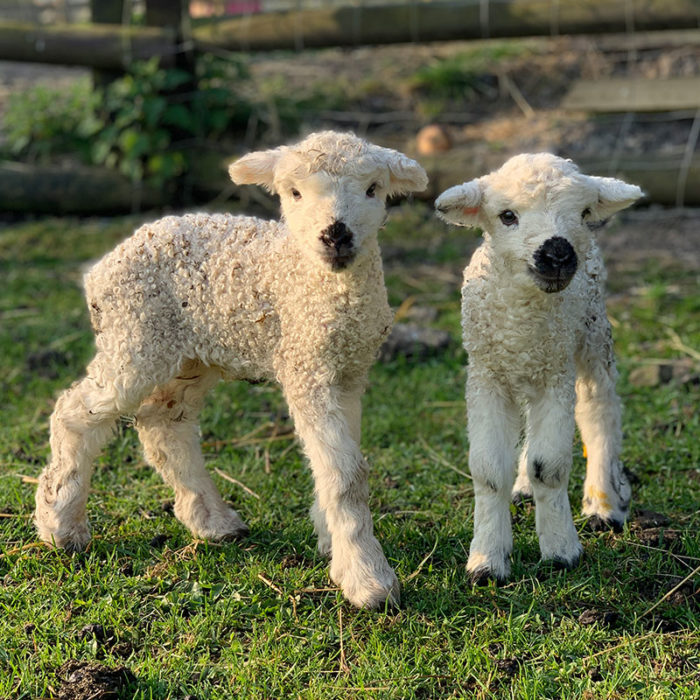
Grey-faced Dartmoor Sheep
They’re also affectionately known as our fluffy clouds when they have their full coat.
We have two mummies here with their young. Joyce with Ada and Bessie and Maude with Cora and Daisy.

Goats
Our goats are extremely friendly! Did you know, baby goats are standing and walking within minutes of being born!
Being mountain animals, goats are great climbers. They have been known to climb the tops of trees and even dams!
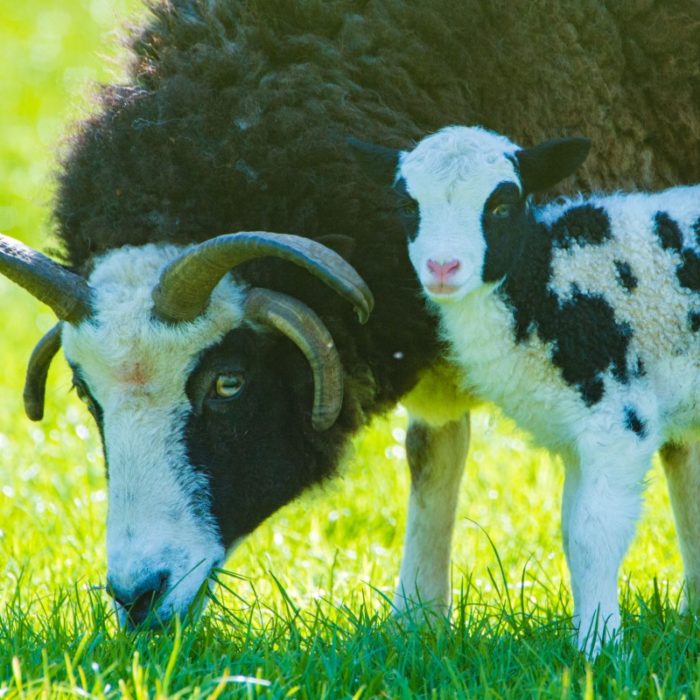
Jacob Sheep
The Jacob Sheep is a distinctive rare breed domestic sheep with black and white markings. They can grow not just two horns but up to six horns each. And Both the males and females have the horns although the males are larger.
Jacobs are less social than most sheep breeds and although they form a flock they do not stay tightly together.
![]()
Kune Kune Pigs
The two Kune Kune Pigs are called Jack and Biscuit. They’re rather new to our family so make sure you give them a lovely big wave.
















